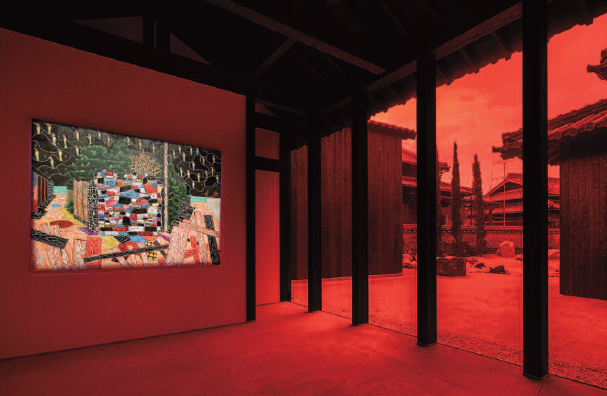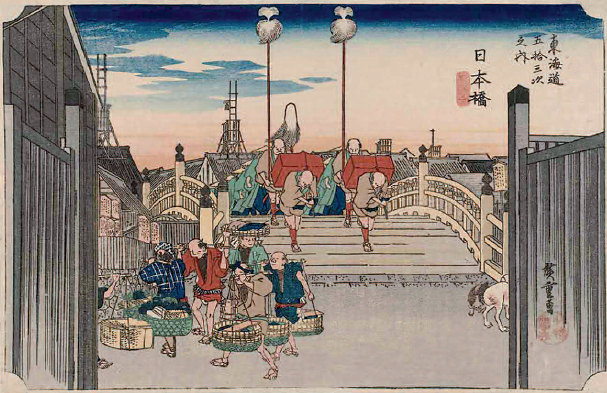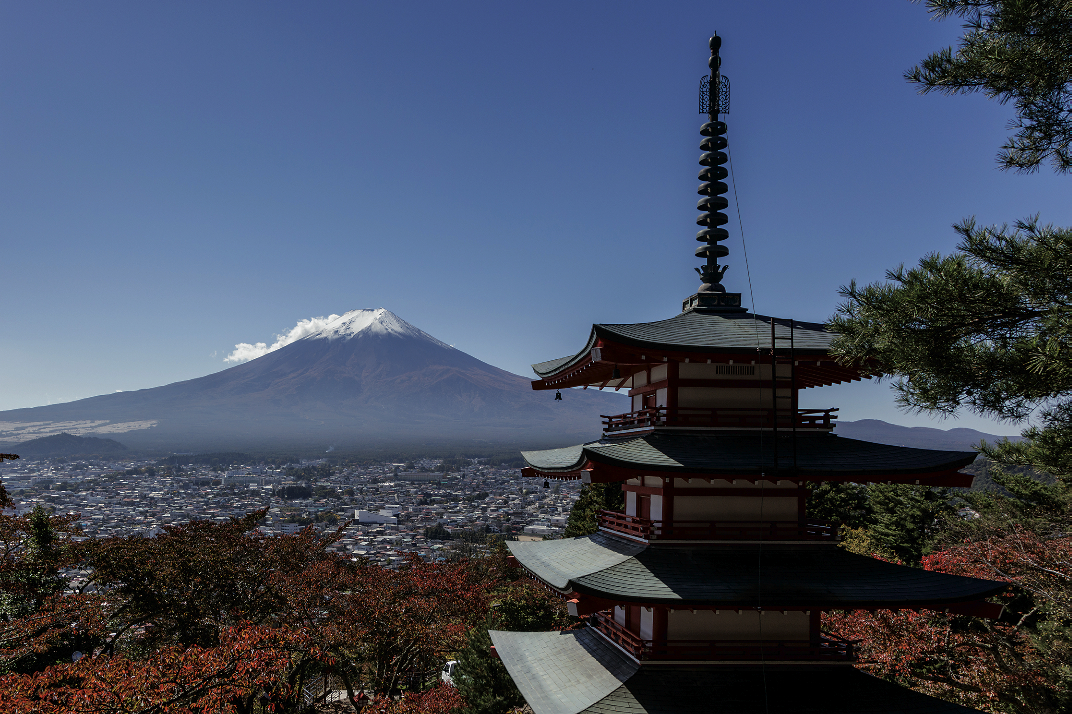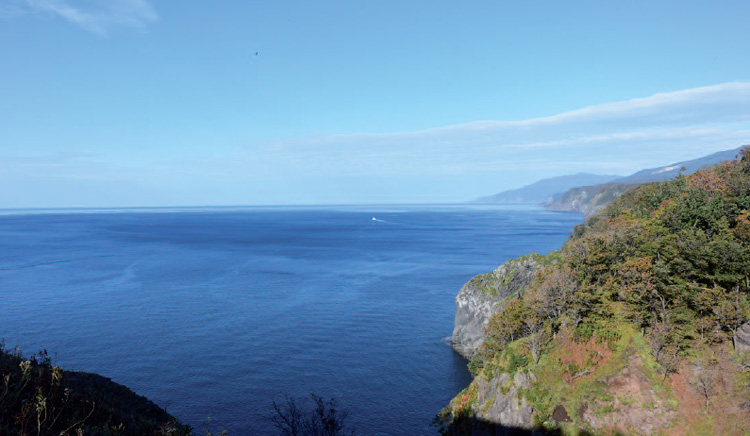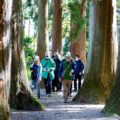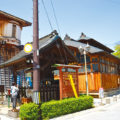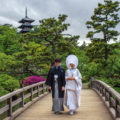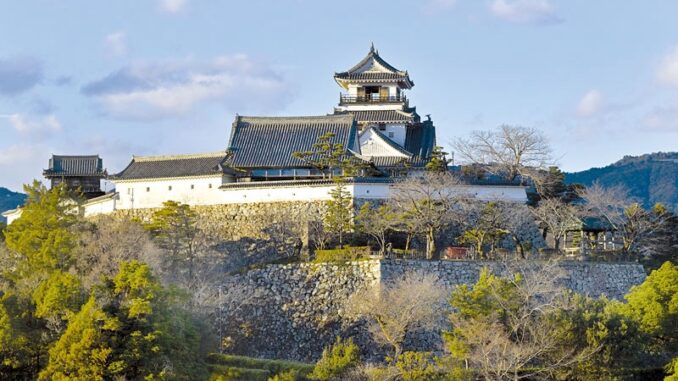
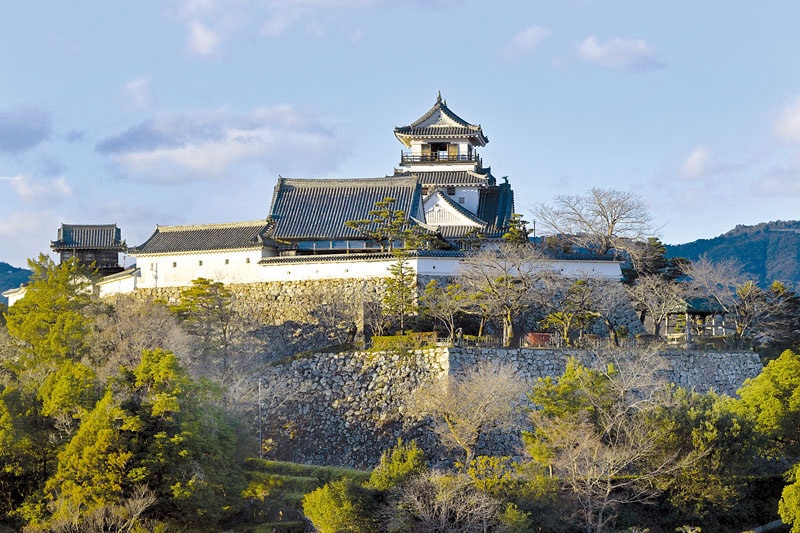
Sublime landscapes, history, religion and cuisine. There is so much Kochi has to offer.
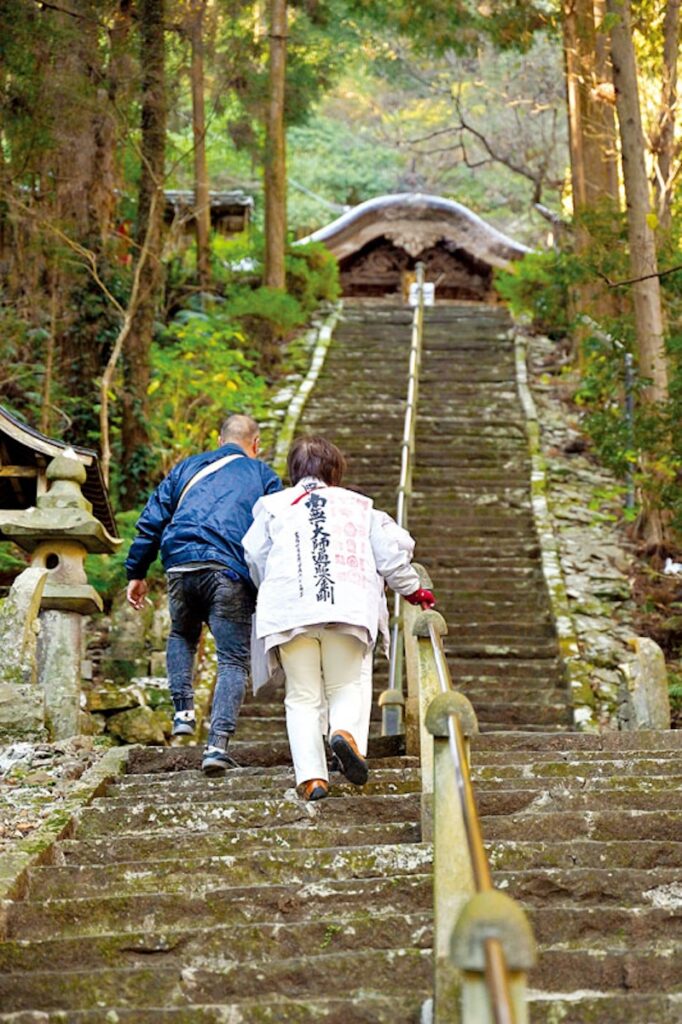
Tireless traveller, Tora-san, the character created by filmmaker Yamada Yoji, has travelled through 44 of Japan’s 47 prefectures during the 50 films in which he’s appeared. A visit to Kochi Prefecture was also scheduled, but the death of Atsumi Kiyoshi, the actor portraying the most famous tekiya (peddler) in the country, prevented this project from being realized. However, in the small town of Ioki, located about forty kilometres from Kochi on the Asa line operated by the Tosa Kuroshio Railway and famous for its cave designated as a national heritage site in 1915, a fan of the series Otoko wa tsurai yo (It’s Tough Being a Man) has created several statues of Tora-san in the form of Jizo, the Buddha who remains in this world to save people from suffering. Not only does this representation perfectly suit his personality, but it also serves as a reminder that Kochi, along with the other prefectures of Shikoku Island, is one of the obligatory stopping points for henro (pilgrims) undertaking the journey to visit the 88 temples on the famous pilgrimage route, Shikoku hachiju hakkasho, which follows the journey taken in the 9th century by the Buddhist monk Kukai (known as Kobo Daishi after his death), a towering figure in Japanese Buddhism.
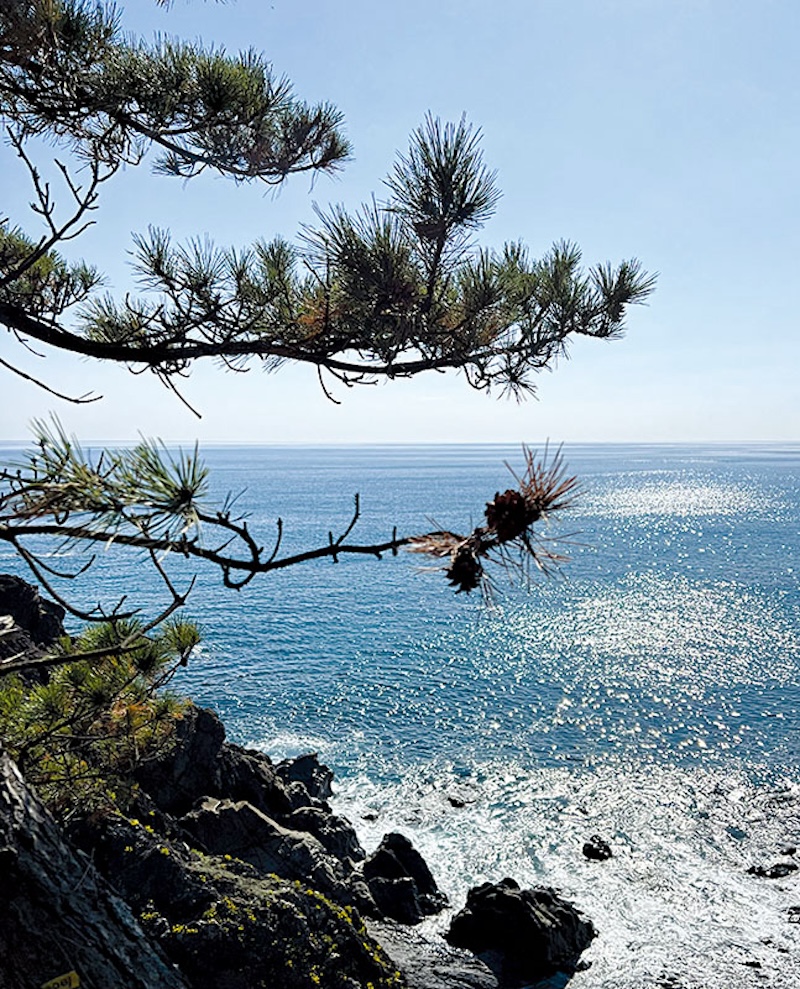
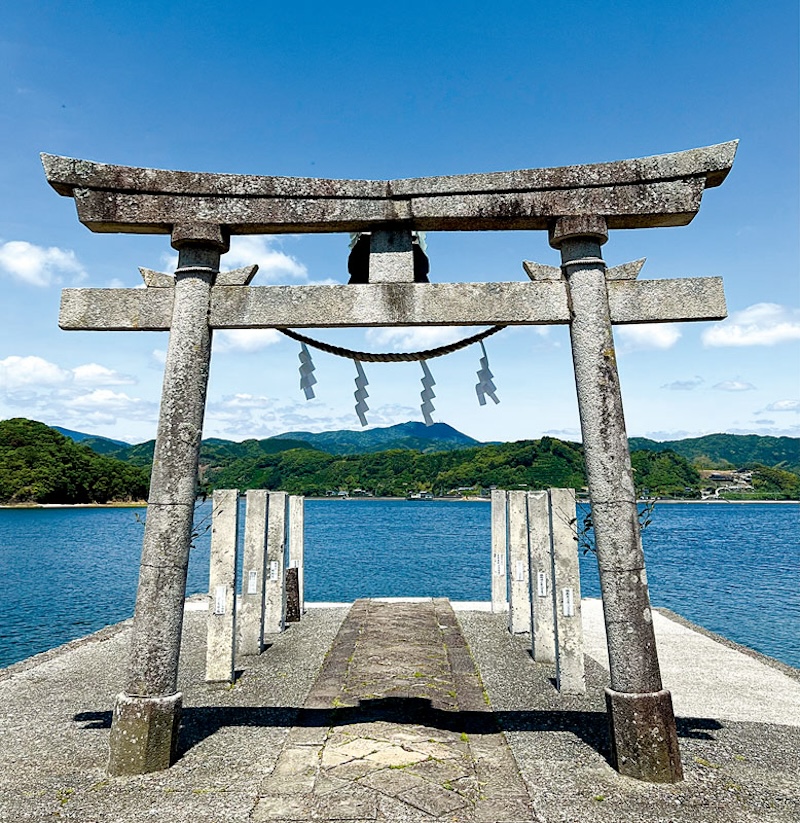
Though Kochi has only sixteen of the 88 official temples that make up this pilgrimage route, there are enough to satisfy enthusiasts of religious sites, especially since there are some remarkable ones among them. Take, for example, Shoryu-ji, located in Tosa. The 36th temple along the route was founded by Kukai to honour the memory of the monk Keika, under whose guidance he studied while in China. The main statue, sculpted by Kobo Daishi, depicts Namikiri Fudo, a deity with an angry yet benevolent face, holding ropes to bind people to goodness. The port of Usa, located near the temple, was once prosperous due to tuna fishing, and the temple was a place of worship for fishermen. To get there, you need to take a bus to Usa from Kochi Station and get off at the Skyline-iriguchi stop. From there, it’s about a 40-minute walk. After this visit, the most courageous can undertake a 55 km walk to the 37th temple, Iwamoto-ji, founded in 729, but the simplest way is to take the train to Kubokawa Station (in Shimanto) from Ino Station, the closest to Shoryu-ji. One of the attractions of the place is its connection to modern art. Indeed, despite its centuries of existence, during its renovation in 1978 it benefitted from the addition to the ceiling of the main hall of 575 paintings donated by artists from all over the country. Alongside traditional images of nature and Buddha, visitors will also find paintings inspired by Renoir, Marilyn Monroe, sailboats, cats, giraffes and many other things! This interest in art continues through a collaboration with contemporary artists who bring an additional touch of colour to the site.
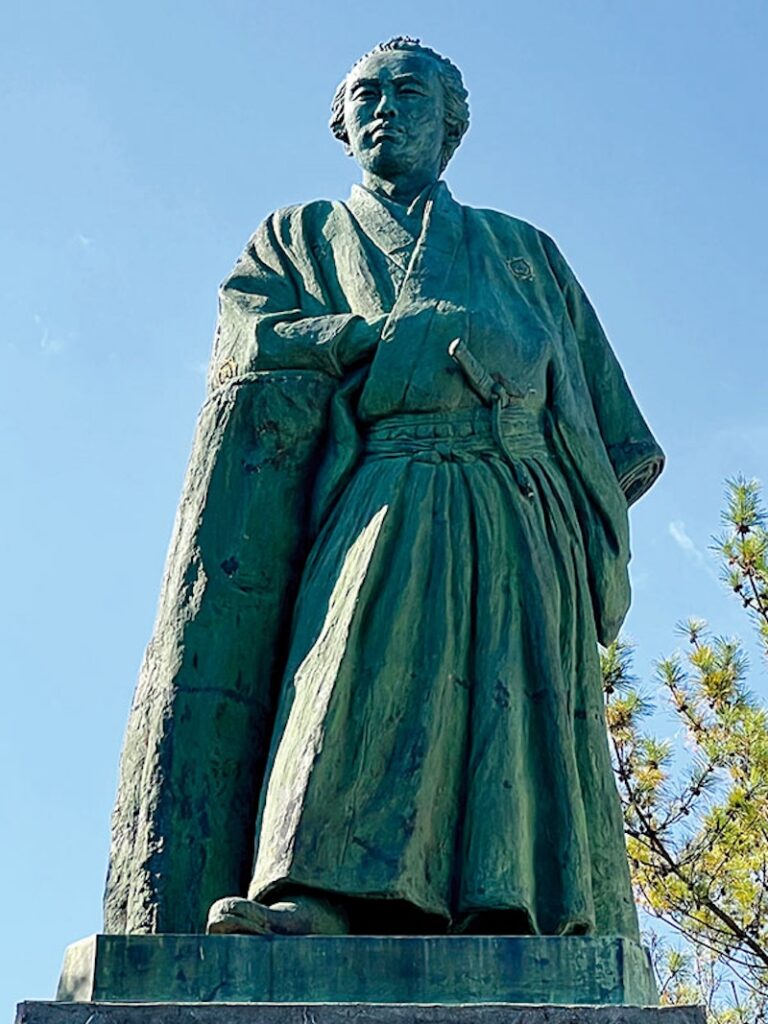

After visiting the temple, be sure not to miss stopping at Fumimoto Brewery, which reopened its doors in May 2023 after a renovation inspired by a desire to forge a connection between tradition, i.e. sake production, and modern art with exhibitions of vibrantly coloured artworks and packaging for its beverages created by highly inventive artists. Feel free to purchase a small spout-pouch of freshly brewed sake along with some treats to enjoy on the train, which will take you from Kubokawa towards Uwajima in neighbouring Ehime Prefecture. Indeed, it’s from this station that the JR Yodo line starts, which is arguably one of the most beautiful to travel along. The railway company operates various types of trains on it, one of which, an 0 series Shinkansen, recalls the time when the first high-speed train was put into service in 1964. But rest assured, with this model, you’ll never exceed 60 km/h, allowing you to admire the incredible beauty of the landscape along the Shimanto River, which it runs alongside for a good portion of the journey. Even if you don’t travel the entire distance to Uwajima, you won’t regret it. Return to Kubokawa from where you’ll catch another train to Susaki, a small port town where you can enjoy the famous nabe yaki ramen, noodles in broth served in a clay pot, a pure delight. At the exit of Susaki Station, those served in the small Chiaki restaurant with its yellow and blue facade and quaint decor are delicious. Before heading back to Kochi, a short digestive stroll through the Haramachi district will immerse you in the atmosphere of Japan in the 1950s-1960s. On arriving in Kochi, all that remains is to step back in time by visiting the castle and, above all, the Katsurahama area, which is about fifty minutes by bus from the station. There you’ll find the grand statue and the museum dedicated to Sakamoto Ryoma, the samurai who has become the symbol of the prefecture due to his defence of Japan’s sovereignty and freedom at a time when the country was threatened by Western powers.
Gabriel Bernard
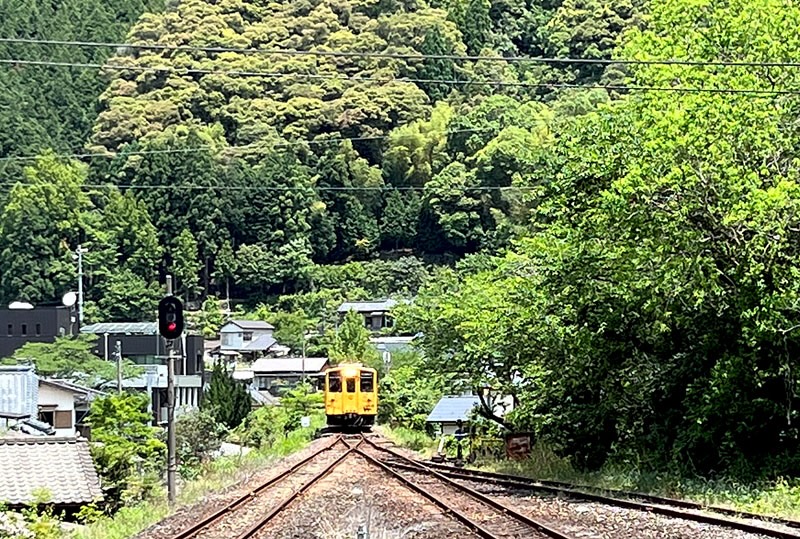
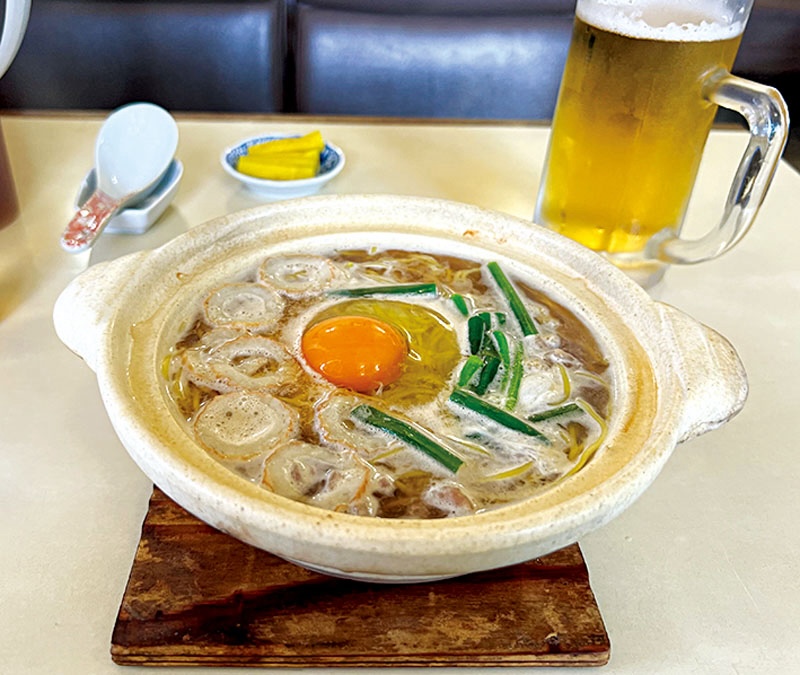
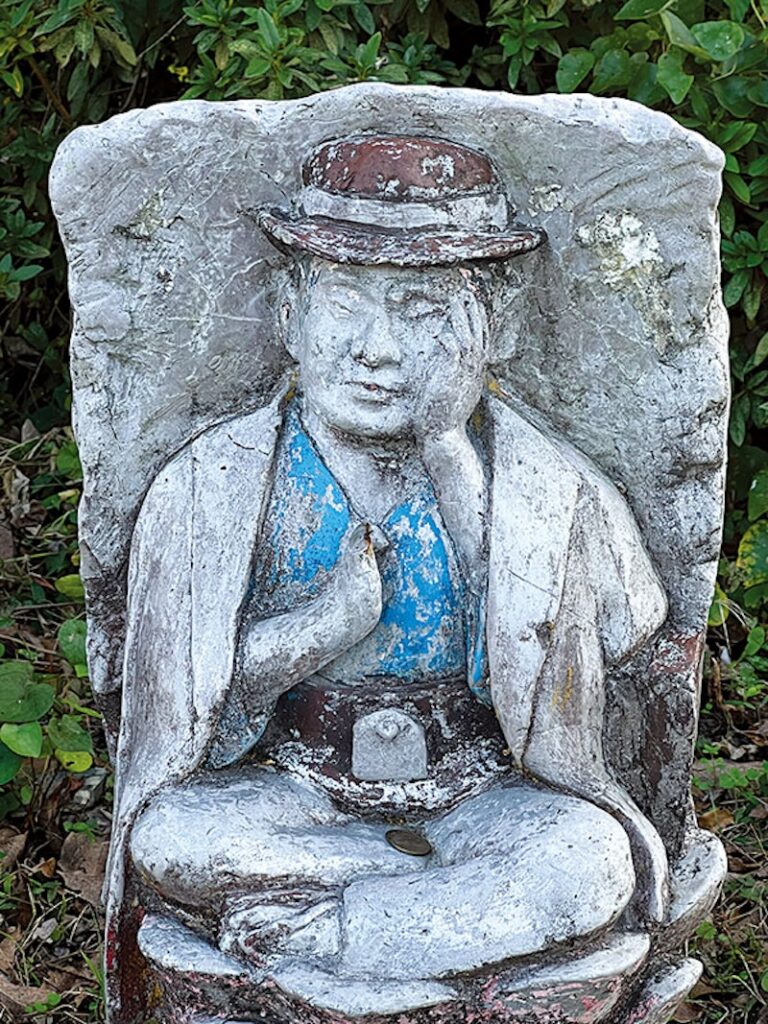
To learn more on Kochi, check out our other articles :
N°138 [FOCUS] Battling to attract people
N°138 [NEWS] A tribute to local newspapers
N°138 [ZOOM GOURMAND] Yuzu today, yuzu forever
N°138 [CULTURE] For the love of nature
Follow us !


